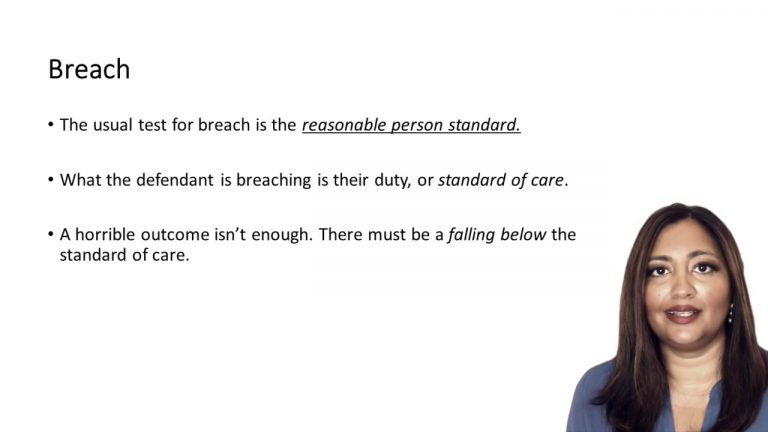SmartBrief
Confirm favorite deletion?
Business Organizations Keyed to Macey
Brehm v. Eisner
Citation:
746 A.2d 244 (2000)Facts
By an agreement dated October 1, 1995, Disney hired Ovitz as its president. The employment agreement was unilaterally negotiated by Disney Chairman and CEO Micheal Eisner and approved by the Old Board. The complaint alleges that the Old Board failed properly to inform itself about the total costs and incentives of the Ovitz employment agreement. Plaintiffs allege that the board failed to realize that the contract gave Ovitz an incentive to find a way to exit the company via a non-fault termination as soon as possible because doing so would permit him to earn more than he could by fulfilling his contract. The complaint, however, alleges that the Old Board has been advised by a corporate compensation expert, Graef, Crystal, in connection with its decision to approve the Ovitz employment agreement and that the Old Board failed to consider the incentives and the total cost of the severance provisions.
Only StudyBuddy Pro offers the complete Case Brief Anatomy*
Access the most important case brief elements for optimal case understanding.
*Case Brief Anatomy includes: Brief Prologue, Complete Case Brief, Brief Epilogue
- The Brief Prologue provides necessary case brief introductory information and includes:
Topic:
Identifies the topic of law and where this case fits within your course outline.Parties:
Identifies the cast of characters involved in the case.Procedural Posture & History:
Shares the case history with how lower courts have ruled on the matter.Case Key Terms, Acts, Doctrines, etc.:
A case specific Legal Term Dictionary.Case Doctrines, Acts, Statutes, Amendments and Treatises:
Identifies and Defines Legal Authority used in this case.
- The Case Brief is the complete case summarized and authored in the traditional Law School I.R.A.C. format. The Pro case brief includes:
Brief Facts:
A Synopsis of the Facts of the case.Rule of Law:
Identifies the Legal Principle the Court used in deciding the case.Facts:
What are the factual circumstances that gave rise to the civil or criminal case? What is the relationship of the Parties that are involved in the case.Issue(s):
Lists the Questions of Law that are raised by the Facts of the case.Holding:
Shares the Court's answer to the legal questions raised in the issue.Concurring / Dissenting Opinions:
Includes valuable concurring or dissenting opinions and their key points.Reasoning and Analysis:
Identifies the chain of argument(s) which led the judges to rule as they did.
- The Brief Prologue closes the case brief with important forward-looking discussion and includes:
Policy:
Identifies the Policy if any that has been established by the case.Court Direction:
Shares where the Court went from here for this case.
Topic Resources
Topic Outline
Topic Refresher Course
Topic Charts & Notes

 11m 27s
11m 27s